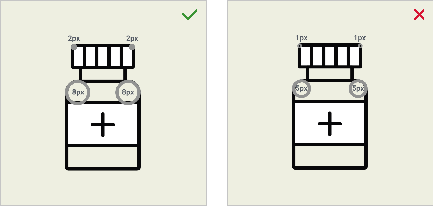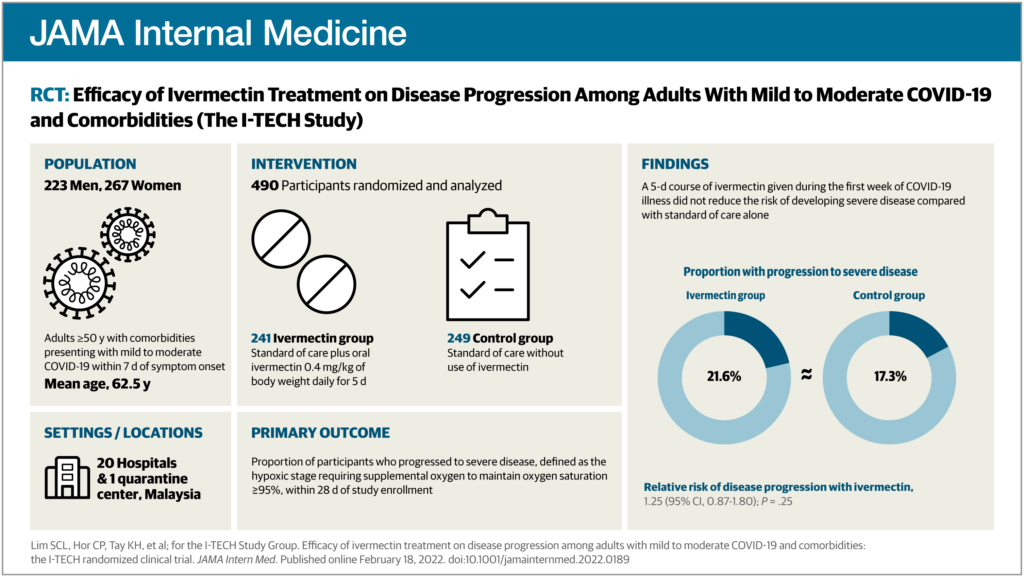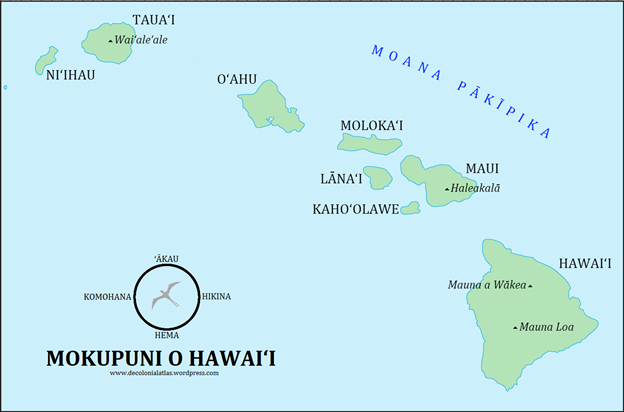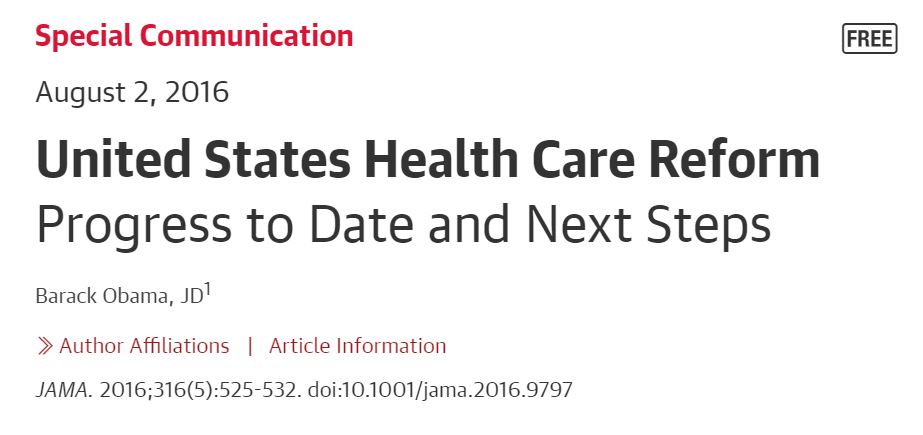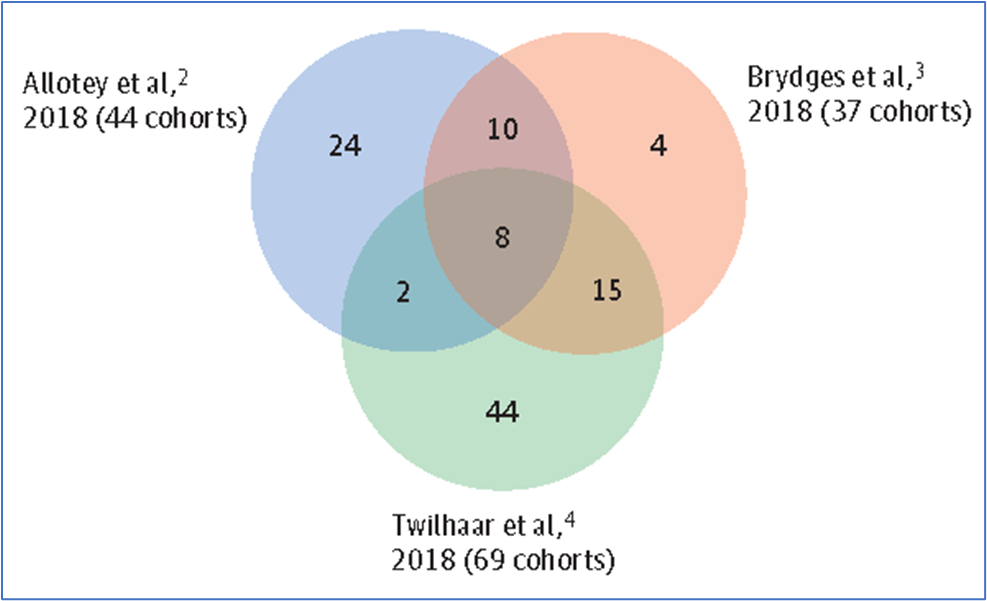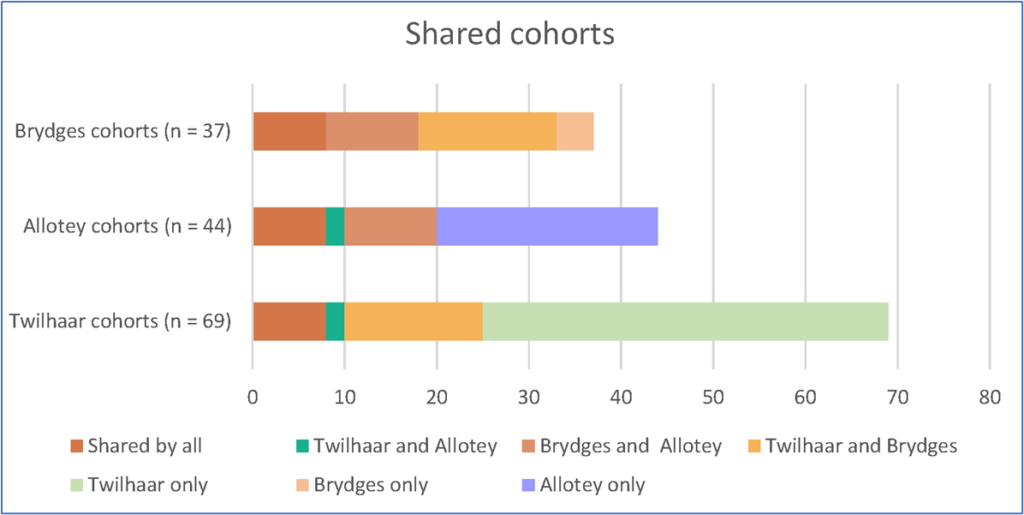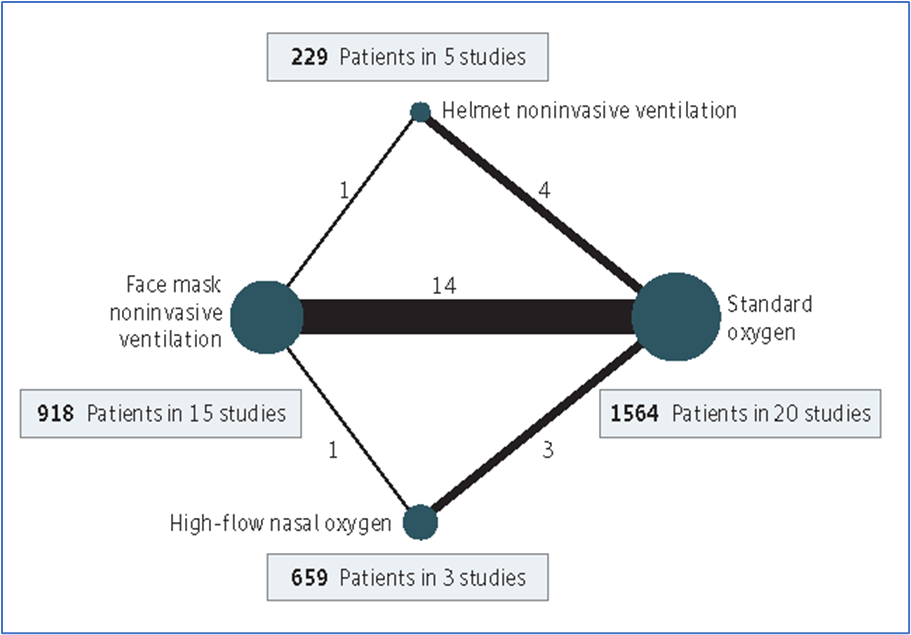Kim Penelton Campbell, BS, JAMA Network
I have used many adjectives to describe myself, but I’ve never referred to myself as other. When teachers called my name during morning attendance, I responded by saying “Here.” I never said, “Invisible.”
In medical literature, the failure to fairly and respectfully recognize and include individuals of all races and ethnicities can severely adversely affect patients’ lives and the quality of care they receive. It can misinform clinicians. It can compromise the credibility of a journal.
This means that race and ethnicity data should be reported in a way that encourages fairness, equity, consistency, and clarity in medical and science journals.1
Changing the b in Black and the w in White to uppercase lettering when describing race is not about mere political correctness—these changes are part of a conscientious movement toward equitable delivery of health care services to all people.
The objective of this post is to emphasize that updated guidance about the reporting of race and ethnicity is important, not because the AMA Manual of Style says so, but because inattentiveness to these changes can contribute to unconscious bias and ultimately affect how patients are treated or unintentionally mistreated.
Bias, when unintentional, is not mitigated—it remains bias all the same. Unintentional bias can occur simply because the writer or editor is removed from the patient’s life experience. When the writer or editor is unaware, they may not recognize how insensitive wording can affect the reader.
Example: “Adherence to the prescribed medication was higher among White patients than among Blacks.”
Consequence: Does this mean that if you are White you are a patient but if you are Black you are nothing? What is a Black?
When a person is called a Black instead of a Black patient or a patient who is Black, the wording detracts from that person’s humanity.
Likewise, use of lowercase lettering for Black and White, as well as referring to people as minorities instead of as members of a racial or ethnic minority group, also diminishes their humanity. Stating race or ethnicity in noun form can be interpreted pejoratively and is akin to labeling patients by their disease (eg, the blind, schizophrenics, epileptics) instead of putting the individual first (eg, a person with schizophrenia).2 Other things that can be interpreted pejoratively and should be avoided are using the term mixed race, which can carry negative connotations, instead of multiracial or multiethnic, merging race and ethnicity with a virgule (ie, race/ethnicity) rather than recognizing the numerous subcategories within race and ethnicity with the term race and ethnicity, and using abbreviations for racial and ethnic terms. Although the writer or manuscript editor may not have intended to negatively portray a group of people, the potential effect on readers remains unchanged.
- To potential authors, the absence of a single word can indicate that a journal is insensitive to the health care needs of a population of patients.
- To clinicians with the same racial or ethnic background as the one negatively represented, this can promote the inference that the journal has no diversity on its editorial board or staff.
- To a practicing physician, this language can translate to offensive or insensitive communication when speaking with a patient or a patient’s family member.
- To a patient, this wording can indicate that the medical community views individuals from their racial or ethnic group as nonpersons—unseen, unconsidered, and uncared for.
- For all of these individuals, this can deepen a sense of mistrust.
Language that excludes a racial or ethnic group can subtly influence a medical trainee to “unsee” the humanity in people who are from a different background. If their research and educational sources are written or edited without intercultural competence, the medical trainee may unintentionally miscommunicate or make incorrect assumptions about patients from other backgrounds. This breach can interfere with a clinician’s understanding of the patient and, in response, impede the patient’s trust in the clinician.
Among some patients from communities that have been medically underserved or ignored, information about medical mistreatment can transcend generations. Past miscommunication can lead to mistrust, which can then lead to fear.
A family may never forget that Grandma never came home from the hospital and that no clinician took the time to explain why. Although this family was made to feel invisible because of miscommunication, it is quite possible that the clinician intended no disrespect and had no knowledge of how the family was affected. A patient with a historic burden of oppression can potentially interpret disrespectful communication as an initial step down the road to medical abuse.
My godfather once expressed such fear. He was Black, the clinicians were White, and he had grown up in Mississippi during the 1940s. Although I asked, he refused to ever repeat details of what was said by these physicians many years ago. But decades later, when I was a teenager and a novice driver, my godmother phoned and urgently asked that I come to their home immediately to rush him to our local VA hospital.
On my arrival, she exclaimed, “I think he had a heart attack while gardening in the back yard!” I said, “I’ll call 911. The ambulance will get him there faster.” Then, she stopped me. She pleaded that I drive him there myself. As I rushed to his aid, she continued by telling me that he would die of fear if an ambulance came to their home. She told me that I must speak for him when we arrived, remain by his side, and do everything in my power to keep him calm.
He cried like a baby during the entire ride. He was afraid. He was humiliated about expressing fear in my presence. I did not know what to say. I just kept driving. My heart was broken.
This brief story is an example of deep-seated fear that some Black people experience in a health care setting, a fear that can only begin to be abated with a conscientious effort to ensure that language humanizes Black patients and patients from all racial and ethnic backgrounds.
How does one address suboptimal reporting on race and ethnicity?
- First, follow the guidelines.
- Second, write and edit with a raised antenna. Look for what is unsaid in addition to what is written on the page.
- Try to interpret as if you are a person from a racial or ethnic group unlike your own. Think about how you would you feel as the subject or nonsubject of the article.
- Consider how wording can be misinterpreted.
- Consider how inattentiveness to detail can affect the health, safety, or life of someone who is misrepresented.
- Edit responsibly, but without fear of respectfully questioning the author.
Remember: no one is invisible, and no one is other.
“Not everything that is faced can be changed, but nothing can be changed unless it is faced.”3
James Baldwin
References
- Flanagin A, Frey T, Christiansen SL; AMA Manual of Style Committee. Updated guidance on the reporting of race and ethnicity in medical science journals. JAMA. 2021;326(7):621-627. doi:10.1001/jama.2021.13304
- Christiansen SL, Iverson C, Flanagin A, et al, eds. Correct and preferred usage. In: AMA Manual of Style: a Guide for Authors and Editors. 11th ed. Oxford University Press; 2020:547-548.
- Baldwin J. As much truth as one can bear. New York Times. January 14, 1962: Book review 1, 38. https://www.nytimes.com/1962/01/14/archives/as-much-truth-as-one-can-bear-to-speak-out-about-the-world-as-it-is.html


